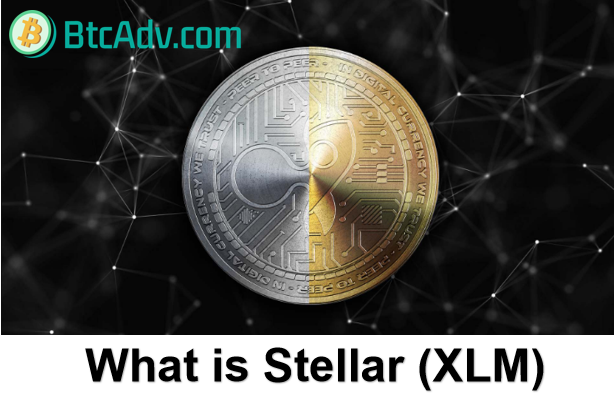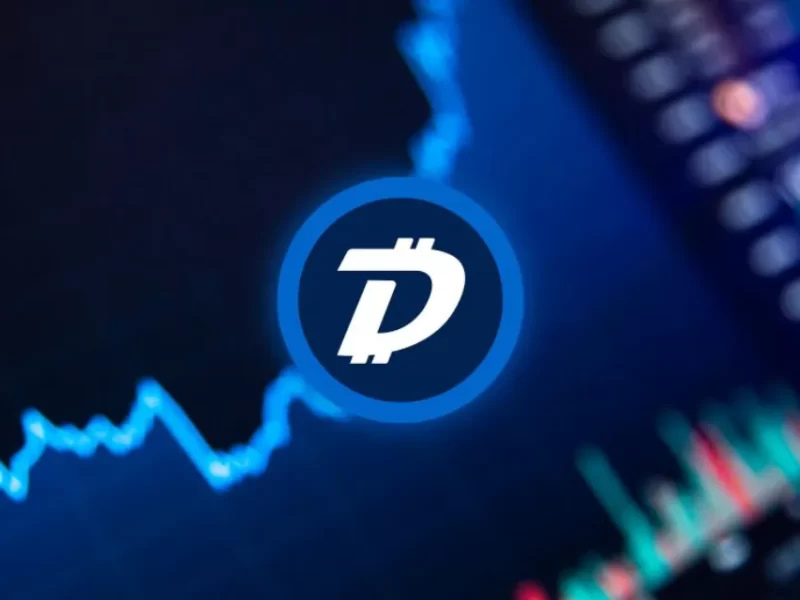Stellar Lumens (XLM) is a digital currency that is similar to Ripple, both being created by Jed McCaleb. Whilst based on the same premise, they have a significant difference, in that Lumens cater towards helping individuals transfer money, rather than institutions. With Lumens, McCaleb has taken more of a bottom-up approach, rather than the top-down approach of its predecessor.
What is Stellar?
Stellar is a payment protocol based on distributed ledger technology. It allows quick, cross-border transactions between any pair of currencies. In many ways, it is similar to other blockchain-based cryptocurrencies.
According to their website, Stellar blockchain “is a platform that connects banks, payment systems, and people” and is intended to “move money quickly, reliably, and at almost no cost.”
Stellar Lumen (XLM), the native digital currency of Stellar, powers the entire range of operations on the blockchain network. At the inception of the Stellar network, 100 billion XLM/Stellar Lumens were created.
The only other mechanism for the creation of XLM is inflation. There is a fixed 1% annual inflation on the Lumen creation rate to account for economic growth and lost Lumens. The newly created Lumens are generated every week and distributed via a direct voting method.
What Are Stellar Lumens?
While the Stellar platform is open to all representations of money and crypto assets, it does provide its own digital currency called Lumens, or XLM, which is the foundation of the network.
Lumens
Lumens are most often used to pay transaction fees on Stellar. However, Lumens also act as the intermediate currency that allows Stellar users to execute trades quickly.
A built-in protocol automatically converts money sent through Stellar to Lumens and then to the desired coin. For example, if you send a payment in U.S. dollars to a recipient in Mexico, Stellar converts the payment to Lumens, and the recipient can receive the payment in pesos. It takes only seconds to complete the entire conversion, making it easy to send and receive money from anywhere in the world.
Moving Away From Stellars
At the time of its launch, the platform’s native currency was called “stellars.” Stellar later changed the name to Lumens, but the original name stuck with many people, so you might still hear the term stellars. You might also hear Stellar and Lumens used interchangeably, but Stellar is the platform itself. Lumens, or XLM, is the crypto asset used by the platform.
How Does Stellar Work?

Stellar has a ledger that it uses to track ownership of all the accounts and crypto tokens on its network. It maintains the ledger and processes transactions with its own unique algorithm, the Stellar Consensus Protocol.
The Stellar ledger stores every account’s balances and operations (what they want to do with their funds). For example, an account could have a balance of 1,000 XLM and 100 U.S. dollar tokens and a pending operation to send 100 XLM to another account.
All balances and operations are broadcast to the entire network every five seconds. Transactions are validated by computers that run the core Stellar software, which are called nodes. For each pending transaction, the nodes verify that the correct amount is transferred.
There are nodes around the world, and anyone can make their computer a node by installing the Stellar software. Their computer will then become part of the consensus process.
With the system it has set up, Stellar is able to process transactions within five seconds. The transaction fee is 0.00001 XLM — a small fraction of a penny at today’s prices. (The fee can rise when network activity is high, but it will still be quite cheap.)
How Does Stellar Blockchain Work?
Like any other blockchain platform, transactions on the Stellar network are added to a shared and distributed public ledger. Stellar uses a consensus algorithm based on the Federated Byzantine Agreement (FBA), called the “Stellar Consensus Protocol” (SCP).
SCP facilitates fast transactions at lower costs, with everyone on the network reaching an agreement about a transaction’s validity within a few seconds. Each participant (called a node) that helps add transactions to the global ledger selects his/her mini-network of other trusted participants. These mini networks are called Quorum Slices. The extensive Stellar network can reach a consensus on valid transactions and add the same to the ledger quickly as long as Quorum Slices overlap.
What Are the Differences Between Stellar and Ripple?
People who have used both Stellar and Ripple have noted the similarities between the two platforms. They use almost identical blockchain code, neither allows mining, both use a distributed ledger and both provide nearly free and instantaneous transactions.
These similarities are due mainly to the fact that McCaleb, one of the founders of both platforms, knew what worked well with Ripple and brought that vision and knowledge with him to create Stellar.
Advantages Stellar Has Over Ripple
The platforms differ significantly in their goals. Ripple was created so that banks could make transfers around the world in a matter of seconds for a very small price. It improved the efficiency of banks and financial systems.
Stellar, on the other hand, was built with the average user in mind and for those in developing countries. The platform provides access to the global economy through simple, quick and low-cost transactions. While the average person can use Ripple and banks can use Stellar, they were each designed for specific users to provide a more efficient experience to their target markets.
Why are Stellar Lumens (XLM) Important?
Stellar lumens (XLM) are the tokens released as native assets by the Stellar Development Foundation, a nonprofit launched by Ripple co-founder Jed McCaleb in 2014. While some may think that Stellar is a fork of Ripple, upon closer inspection, the two actually have much more in the way of differences than they do in common. They are, in McCaleb’s words, two “completely different codes.” While the codes do differ — and Stellar would argue they made significant improvements to problems with Ripple — the key difference between them lies in their vision for the future of cryptocurrency.
Stellar considers itself “finance with a mission.” Large portions of the world’s population remain unbanked, and Stellar seeks to create universal access and participation in the global economy. This philosophy is fundamentally inclusionary, and the entire codebase is open-source, meaning anyone can change or modify the code, and everyone can participate. Whereas Ripple is for-profit, Stellar plans to cover operational costs by setting aside 5 percent of the total available lumens for their own use, along with accepting donations. If Ripple is going after the banking industry, Stellar is going after the individual.
One of the strengths of Stellar is the team they have created to guide the network they are building. They offer grants of up to USD $2 million in lumens to developer partners on behalf of the Stellar Build Project. Stellar recently partnered with IBM as part of their Hyperledger project, where they will attempt to solve the problem of global cross-border payments together.
Furthermore, Stellar contains one critical component that is not found with Ripple — the ability to conduct ICOs on the Stellar network. In other words, new cryptocurrency projects can use the Stellar blockchain to release their own token. So far, most new projects in the cryptocurrency space have launched ICOs using ethereum using ERC20 tokens. But, due to Ethereum’s popularity coupled with current scaling mechanisms, the past year saw massive backlogs of transactions with slow transaction speeds and volatile, hefty fees. Stellar promises faster transactions and lower costs than ethereum, which is why some crypto startups have started to use Stellar as a platform to launch initial coin offerings.
These features, combined with the decentralized and altruistic mission of Stellar, have attracted favorable attention in contrast to the criticism facing Ripple. The two are pursuing very different things, and many feel there is room for both in the big picture of the global financial ecosystem
Are Stellar Lumens Real Money?
Whilst Lumens does have intrinsic value, the tokens main use is to act as a bridge between other currencies. As such, it would be more helpful to understand it as being more than just money. The ability to convert currencies for users, and in such a short space of time, distinguish from normal fiat currencies that might normally be described as ‘real money’.
How High Can Stellar Lumens Go?
It is hard to say for sure. The algorithm used by Gov.capital suggests the coin could reach as high as a little over $2.42 over the next five years, if the most optimistic prediction holds true.
Remember, though, that forecasts are always speculative, and often wrong. Be very careful when taking them into account.



